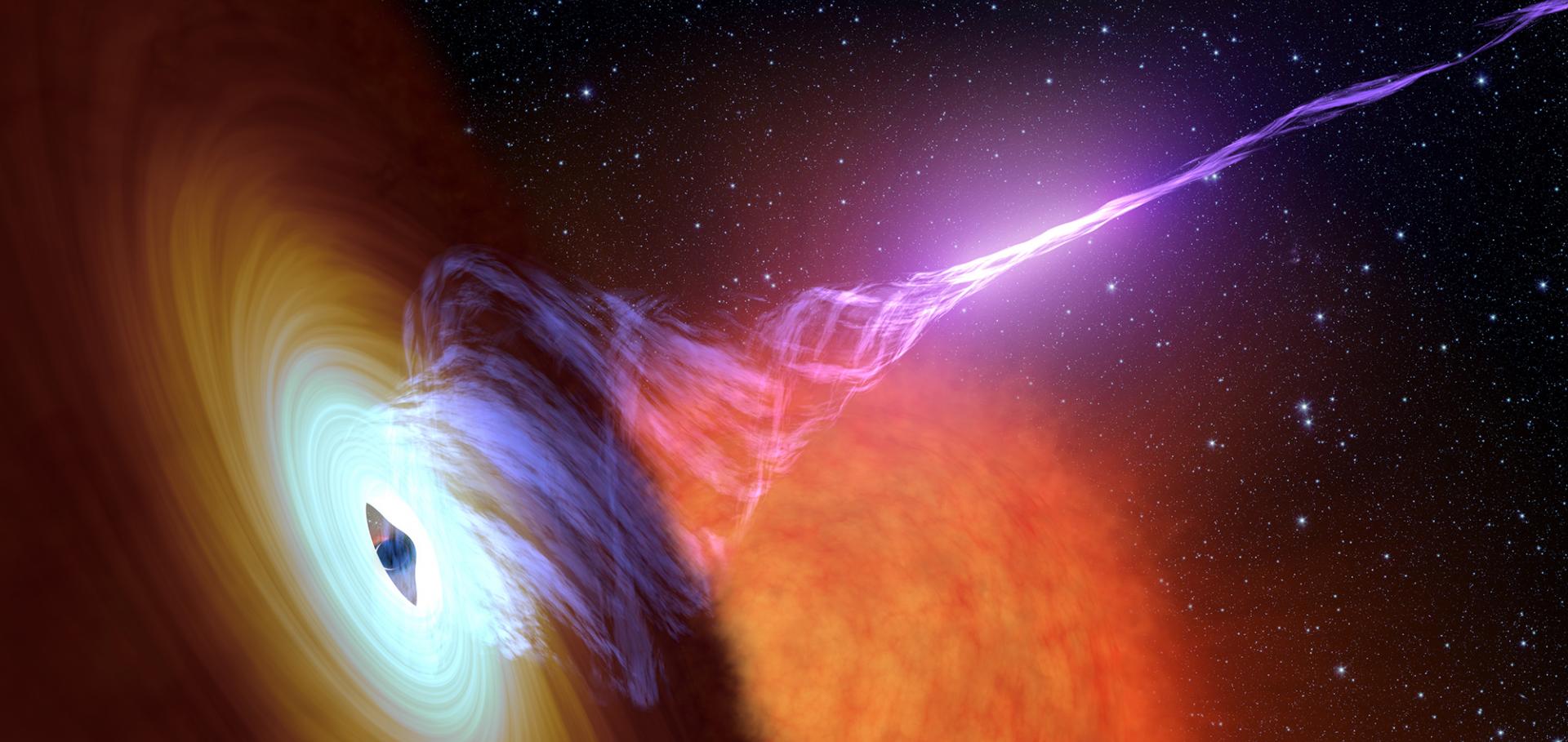Particle acceleration and high energy emission in the white dwarf binaries AE Aquarii and AR Scorpii
World Scientific Publishing (2023) 4522-4531
Day-timescale variability in the radio light curve of the Tidal Disruption Event AT2022cmc: confirmation of a highly relativistic outflow
(2023)
The coordinated radio and infrared survey for high-mass star formation – V. The CORNISH-South survey and catalogue
Monthly Notices of the Royal Astronomical Society Oxford University Press (OUP) 520:1 (2023) 1073-1091
The Co-Ordinated Radio and Infrared Survey for High-Mass Star Formation. V. The CORNISH-South Survey and Catalogue
(2023)
The Birth of a Relativistic Jet Following the Disruption of a Star by a Cosmological Black Hole
Nature Astronomy Springer Nature 7:1 (2023) 88-104


